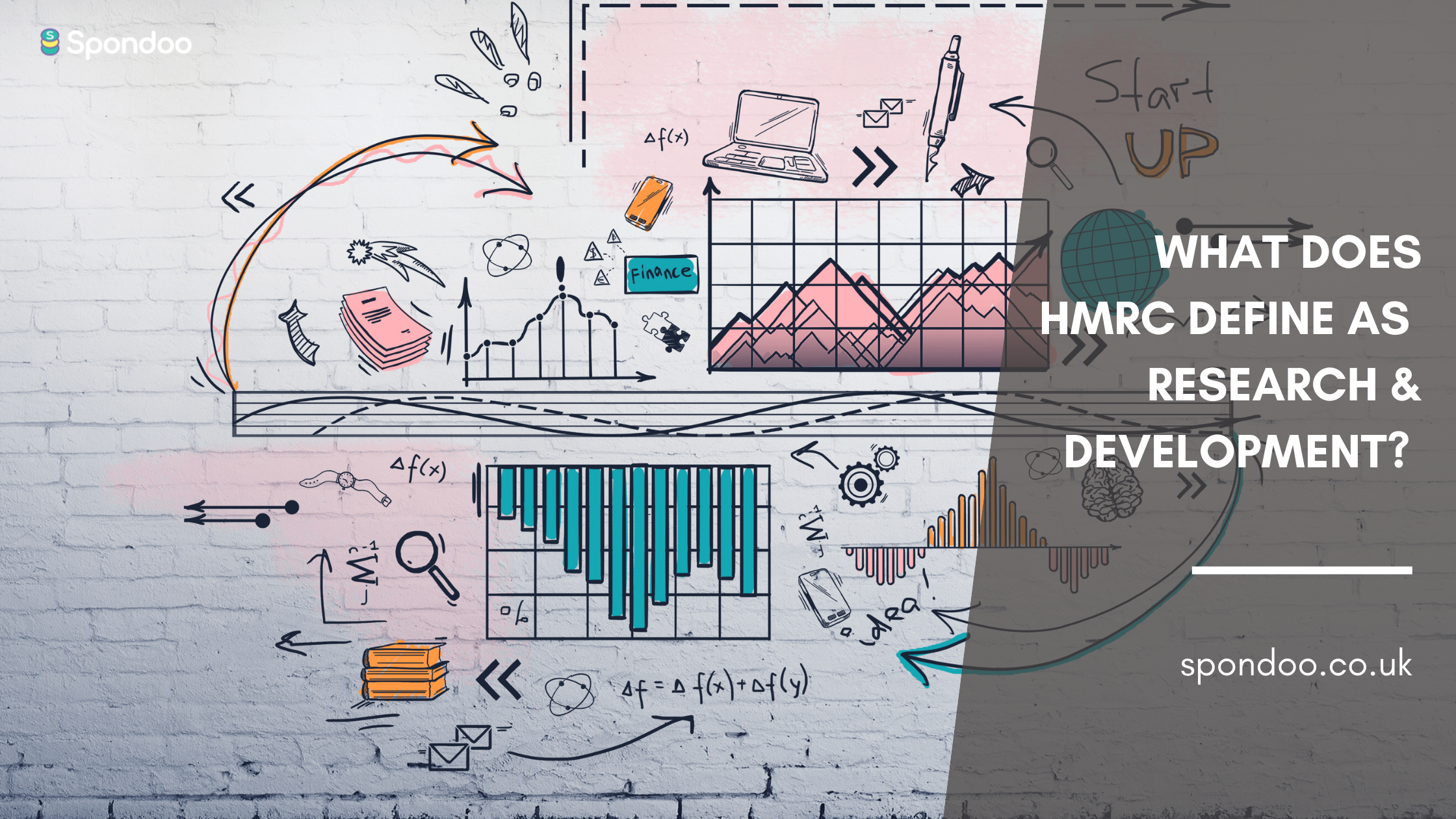Is your R&D Project Genuine for R&D Tax Credits Purposes?
HMRC view research and development for tax purposes to be a clear project that seeks to advance/progress science or technology.
When assessing if your project qualifies for the R&D tax credit, it is advisable to ensure you meet the following criteria:
Are you working towards a genuine Scientific or Technological Advancement?
All expenditure under your R&D claims needs to contribute to the advancement of technology or science clearly and directly by solving some uncertainties within the field.
Your advancement must be clearly defined, and your expenditure needs to be incurred on acquiring knowledge to achieve this goal.
Example
If you build a new software platform to scan your body for cancerous cells via a mobile app (something that has not been done before) would almost certainly qualify as R&D, whereas if you are simply rebranding an standard kitchen appliance imported from China, you will not qualify.
Are you solving genuine Scientific or Technological Uncertainties?
This genuine uncertainty is where your team cannot readily determine a solution or way forward to solve a particular problem.
For the uncertainty to qualify it needs to be more than simply looking up the answer on the internet or in publicly available sources. It must involve genuine research, testing and experimentation.
Is the R&D work being conducted by Competent Professionals?
This factor is to ensure there is a realistic chance of solving and real/genuine problem.
A competent professional can be an individual or team of individuals that have acquired extensive university-level education, and/or worked in the field for a significant period of time.
Is the R&D work structured and involved in Methodical Experimentation?
Even where a solution is determined by research, you will need to experiment to develop your end goal.
This experimentation process must be methodical in nature and not a 'stab in the dark.'

